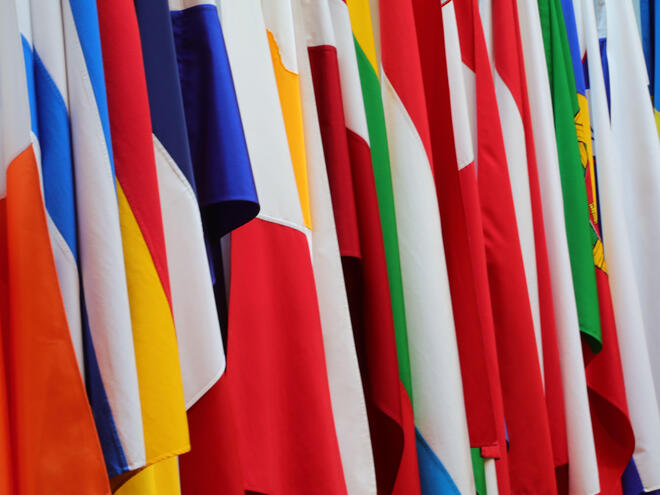 Here's how green hydrogen can help tackle the climate crisis.
Here's how green hydrogen can help tackle the climate crisis.Published February 06, 2023 at 06:00PM
View on Worldwildlife.org
The Chicago Health Academy for Medical and Pharmacy Education Interdisciplinary Studies Project: a collaboration between Chicago State University School of Pharmacy, Roosevelt University School of Pharmacy, UIC Urban Health Program, and the City Colleges of Chicago
 Here's how green hydrogen can help tackle the climate crisis.
Here's how green hydrogen can help tackle the climate crisis. The US EPA took a major step toward protecting one of the world’s most important wild salmon fisheries in Bristol Bay, Alaska, by blocking a potentially catastrophic copper and gold mining project.
The US EPA took a major step toward protecting one of the world’s most important wild salmon fisheries in Bristol Bay, Alaska, by blocking a potentially catastrophic copper and gold mining project. WWF and partners reviewed the use of more than 200,000 miles of Amazonian rivers by long-distance migratory fish and turtle species and river dolphins to map the most important routes.
WWF and partners reviewed the use of more than 200,000 miles of Amazonian rivers by long-distance migratory fish and turtle species and river dolphins to map the most important routes. WWF and the United Nations Office on Drugs and Crime’s Global Maritime Crime Program have launched a new partnership to advance innovative knowledge-sharing to protect the waters around Ecuador.
WWF and the United Nations Office on Drugs and Crime’s Global Maritime Crime Program have launched a new partnership to advance innovative knowledge-sharing to protect the waters around Ecuador. Here are five ways that WWF helped to fight the climate crisis in 2022.
Here are five ways that WWF helped to fight the climate crisis in 2022. A 44,000-acre conservation easement will protect four of the world's most important rivers for salmon habitat.
A 44,000-acre conservation easement will protect four of the world's most important rivers for salmon habitat. In a big win for biodiversity, countries struck a global agreement to halt and reverse nature loss during negotiations in Montreal.
In a big win for biodiversity, countries struck a global agreement to halt and reverse nature loss during negotiations in Montreal. These actions send a signal to the world, but there’s a lot more to do
These actions send a signal to the world, but there’s a lot more to do
 Despite the dual threats of a rapidly warming planet and declining biodiversity, we still made major conservation strides toward protecting wildlife, wild places, and people in 2022.
Despite the dual threats of a rapidly warming planet and declining biodiversity, we still made major conservation strides toward protecting wildlife, wild places, and people in 2022.
 Leclercq is a grassroots organizer, educator, scholar, and artist whose primary focus is on environmental justice.
Leclercq is a grassroots organizer, educator, scholar, and artist whose primary focus is on environmental justice.
 The talks concluded with new and renewed global protections against poaching, illegal, and unsustainable trade in wild animals and plants that could help reverse trends driving biodiversity loss.
The talks concluded with new and renewed global protections against poaching, illegal, and unsustainable trade in wild animals and plants that could help reverse trends driving biodiversity loss. By conserving wildlife, from otters and elephants to tigers and oysters, we help protect the planet, including ourselves.
By conserving wildlife, from otters and elephants to tigers and oysters, we help protect the planet, including ourselves. All international climate talks begin with high hopes, and COP27 was seen as the moment for implementation and climate justice. Instead, it may be remembered as the COP of unmet expectations.
All international climate talks begin with high hopes, and COP27 was seen as the moment for implementation and climate justice. Instead, it may be remembered as the COP of unmet expectations.Computer Languages (clcoding): Fractal Data Science Professional Certificate : What you'll learn Apply structured problem-solving tec...